In last week’s introduction to exotic animals, we looked at some of the best small, exotic mammals that can be kept as pets safely. This week, we’re going to move on to their larger counterparts: the large mammals. There is a wide variety of large mammals that are sometimes thought more of as livestock but that also make great pets.

Just to reassert a point I made in my last post on the subject of exotic pets, you need to be careful with what exotic pet you choose to bring home. Many exotic pets take far more patience and training than the average cat or dog. In addition, wild animals seldom make good pets. I gave a brief list of the exotic pets you should avoid, but I want to take a moment to discuss the specific wild animals that fall under the category we’re discussing this week – the large mammals.

By now, the majority of people considering an exotic pet are well aware tigers, lions, leopards and bob cats are not great feline companions to raise in (or near) a home. They’re dangerous wild animals that, while beautiful, can also seriously injure or kill their well intentioned owners. Taking the risk is not only unnecessary, it’s dangerous. There are many beautiful hybrid cats (Savannah cats, Chausie cats and Bengal cats come to mind) that make wonderful companions. We’ll be talking more about hybrid cats that make amazing pets in an upcoming article but for now, I would just like to reiterate that wild cats are not a good option for inexperienced exotic pet owners.
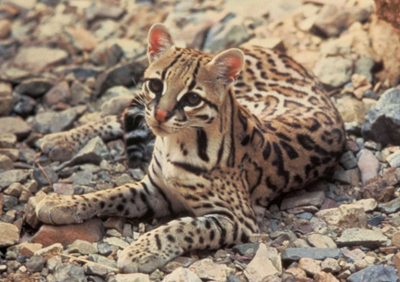
Ocelots, servals, and several other breeds of smaller wild cats are often considered perfectly acceptable exotic pets but that’s simply not the case. Any wild cat will need an experienced trainer and even with an experienced trainer, these cats can still be dangerous. They require a lot of extra work, attention and will almost always be too much for a casual or first time exotic pet owner. If a simple tabby isn’t enough and you really want something with exotic flair, look into hybrids or one of the other exotic large (non-feline) mammals on this list.

Alpacas
A member of the South American camelid family, alpacas are quite similar to llamas in appearance although they are much smaller. The common myth that alpacas are nasty creatures that enjoy spitting on well meaning humans isn’t true. Alpacas do, in fact spit, but they generally reserve this behavior for other alpacas as opposed to human targets. Clearly, the alpaca is not a pet you’re going to be able to keep in your home but they do make wonderful companions if you have the space on your property for a proper pasture and enclosure.
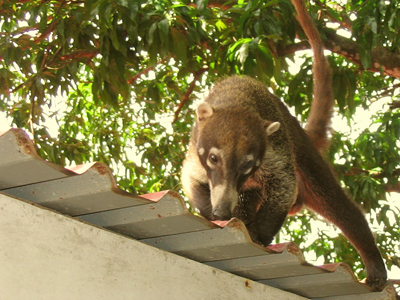
Coati
The only member of the raccoon family considered safe to be kept as a pet, the coati is an intelligent little guy that can grow to between 13 to 27 inches with a tail that can be as long as its body. They’re extremely active, social animals and will need a lot of attention and a lot of play time. If you don’t have time to visit with your coati every day, it may be best to look for a less social animal. Next week, I’ll be offering a detailed guide on caring for a coati as a pet, but in a nutshell, caring for these little guys isn’t much different from caring for a cat or a dog.

Llamas
Llamas are generally thought of more as livestock than pets but llamas are actually wonderfully social, docile and easily trained animals that make excellent companions. Llamas obviously need a lot of space and the proper diet so before you actually bring a llama home make sure you know what you need to keep your llama healthy and happy. With the proper care, your llama will make a lovely and unique exotic pet.
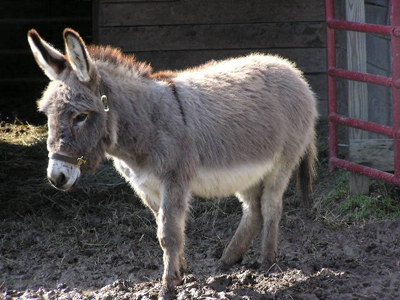
Miniature donkeys
Miniature donkeys are an excellent option for someone with lots of room to bring a new animal into the family. They’re adorable, energetic and fairly easy to take care of – the perfect addition to any home (with adequate space) or farm. Miniature donkeys don’t need as much in terms of shelter or diet as many other large animals making them pretty low maintenance and a great starter pet for someone new to exotic pet care.
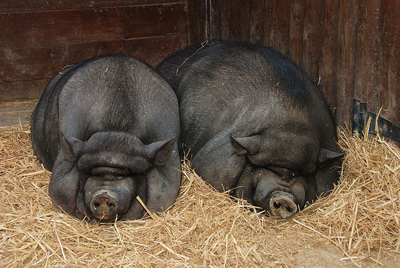
Pot-bellied pigs
Pet-bellied pigs are a lot of work but they also offer great rewards. Intelligent, easy to train and surprisingly affectionate, these wonderful exotic pets will be a welcomed addition to any family. One of the biggest misconceptions about the pot-bellied pig is that they are smelly and loud but that isn’t the case at all. Not only are the fairly quiet pets that are odor free but they’re also hypoallergenic making them great for families with allergy problems. In an upcoming article, I’ll be discussing the pros and cons of taking in a pot-bellied pig, so if you’re considering going this route, make sure you come back for that.
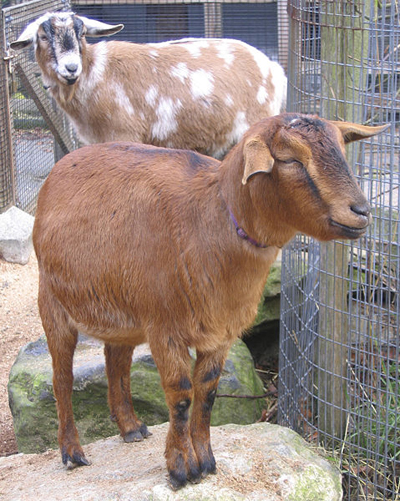
Pygmy Goats
Pygmy goats make amazing pets for a family with a farm or a family with enough land to support caring for large mammals. They’re fairly adaptable and can thrive in almost any climate. They’re also pretty flexible when it comes to their dietary needs; eating mainly greens and grain. If well taken care of, they can live as long as fifteen years or more.
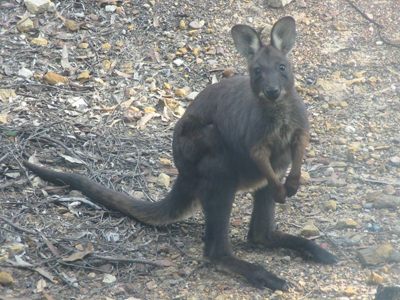
Wallaroos
Part of the macropod family, wallaroos are closely related to kangaroos and wallabies. They make excellent pets but care must be taken to find a reputable breeder to adopt from. Wallaroos make excellent, loving and curious pets that can easily bond with people but they must be hand raised and socialized. They are able to be kept in the house but many people choose to keep them in cozy outdoor enclosures due to their large size. They eat high quality hays like Bermuda hay or rye grass but also enjoy grazing.
Come back to World of Female next week to learn more about all of the lovely exotic pets you can bring into you home that fall under the reptile/amphibian category including snakes, lizards, turtles and frogs, As with the small mammals we discussed last week, I’ll be getting into caring for the animals I’ve written about here more in detail in their own separate articles in the coming weeks. Until then, be sure you research the animal you are considering as a pet well before you make any final decision. You need to be sure you can provide the animal with what it needs before you bring it into your home. In addition, some of the animals in this list are not legal to own in all parts of the world so make sure you check on the laws in your area before you adopt. You don’t want to bond with your new friend only to have to give it up due to legal issues.











